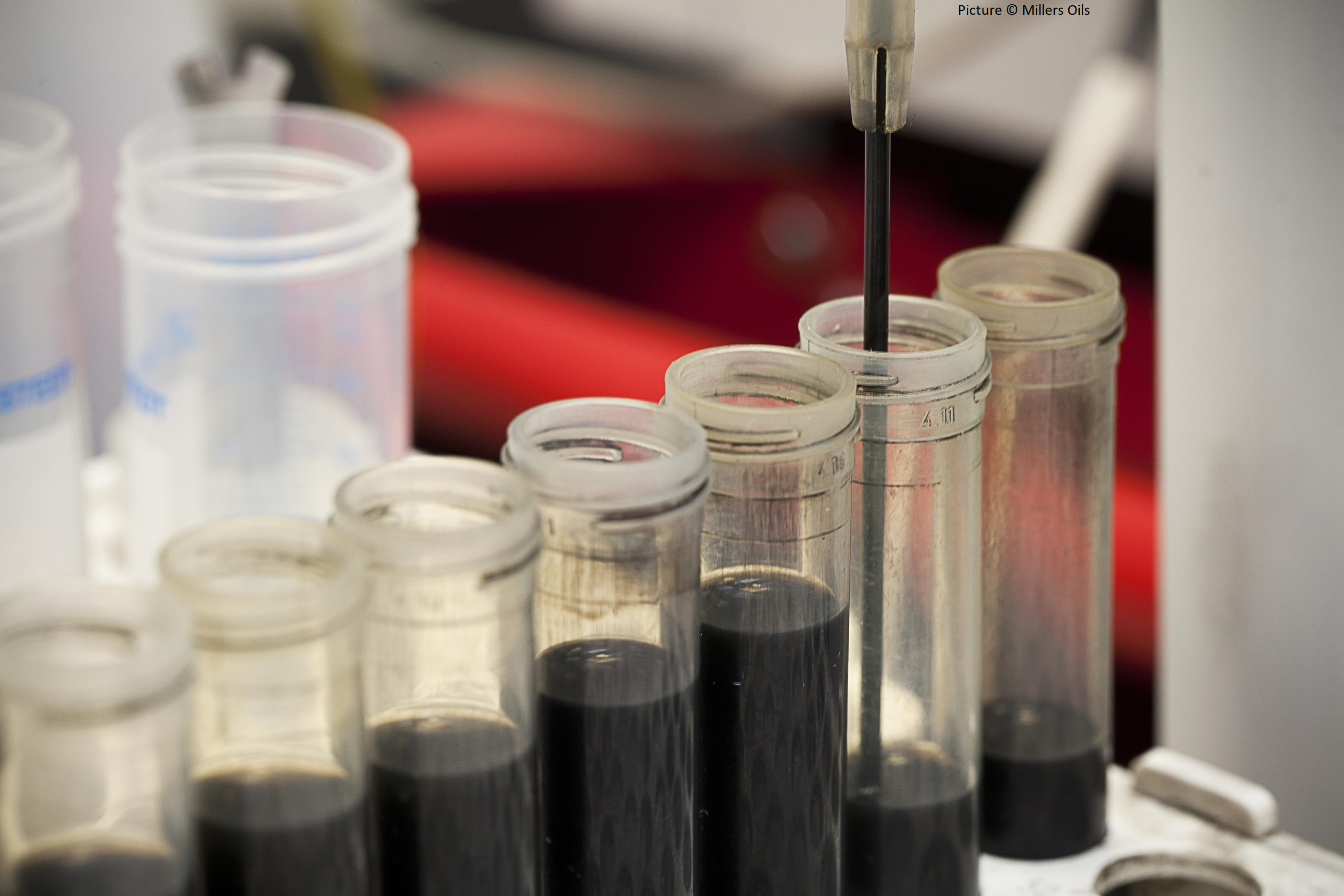Back in the day it was common to see cars stopped roadside, bonnet up, steam pouring from an overly hot engine. Overheating is less common now but it does still happen. To deal with an engine overheating, there are several steps you can take.
How do you tell if your engine is overheating?
There are various telltales that your engine has got too hot. If your car has a temperature gauge, in normal operation, it will probably have the dial in the middle and will be around 90 degrees C. If the temperature gauge goes to the top of its reading, the engine will be running too hot.
If you’re driving along, the cold air going into the radiator will probably be keeping the engine’s temperature at a manageable level. But as soon as you come to a stop, say in a traffic jam or queuing for a toll on a foreign motorway, you might notice wisps of steam coming from the front.
If you continue to drive with an overheating engine, there’s a good chance it will start to lose power. In addition, all sorts of horrible and expensive damage might be occurring beneath the bonnet.
What if the engine overheats while you’re on the road?
First of all, turn the air conditioning off, switch the heating to max and open the windows. This will help to divert some heat away from the engine. Then as soon as you can, pull over somewhere safe and turn the engine off.
Release the bonnet from inside the car but be very careful about lifting it. The catch beneath the bonnet might be hot. And you might be blasted with scolding steam as you lift the bonnet. The RAC advises waiting 30 minutes before lifting the bonnet.
While waiting for it to cool, look underneath the engine. If there’s a leak in the coolant system, there will probably be a pool of coloured liquid beneath the car.
Why do engines overheat?
There are multiple reasons this happens. Probably the most common is a lack of coolant. Although cooling in a car is a sealed system, there can be leaks from seals or even the radiator itself. If the coolant level is low, what liquid there is has to work harder to dissipate the heat and can become overwhelmed, causing the overheating.
The thermostat or fan switch might have failed. Both these problems can prevent the fan cutting in when the engine gets too hot. No fan means at low speeds and stationary, no cooling air will be pulled into the radiator. Equally, a broken fan belt can also mean the fan won’t work. An outside shot is that the radiator might have become blocked if a piece of litter has somehow got in there.
How do you stop an engine overheating
Once an engine has started to overheat, there’s little you can do to stop it without fixing the problem. If there’s a leak, waiting for the engine to cool down and adding water can be a way of getting you off a motorway or to a garage. But it’s not going to be a long-term fix.
We’d always advise taking a car with an overheating problem to a technician. They will quickly be able to diagnose the problem and fix it.
And it’s worth bearing in mind that persistent overheating can cause long-term and expensive damage to an engine, possibly damaging cylinder heads and gaskets.

I’ve been writing about cars and motoring for more than 25 years. My career started on a long-departed classic car weekly magazine called AutoClassic. I’ve since pitched up at Autosport, Auto Express, the News of the World, Sunday Times and most recently the Daily Telegraph. When I’m not writing about cars and motoring, I’m probably doing some kind of sport or working in my garden.







